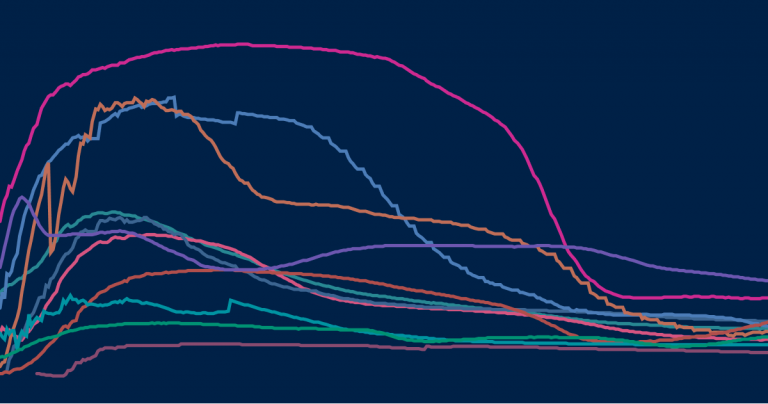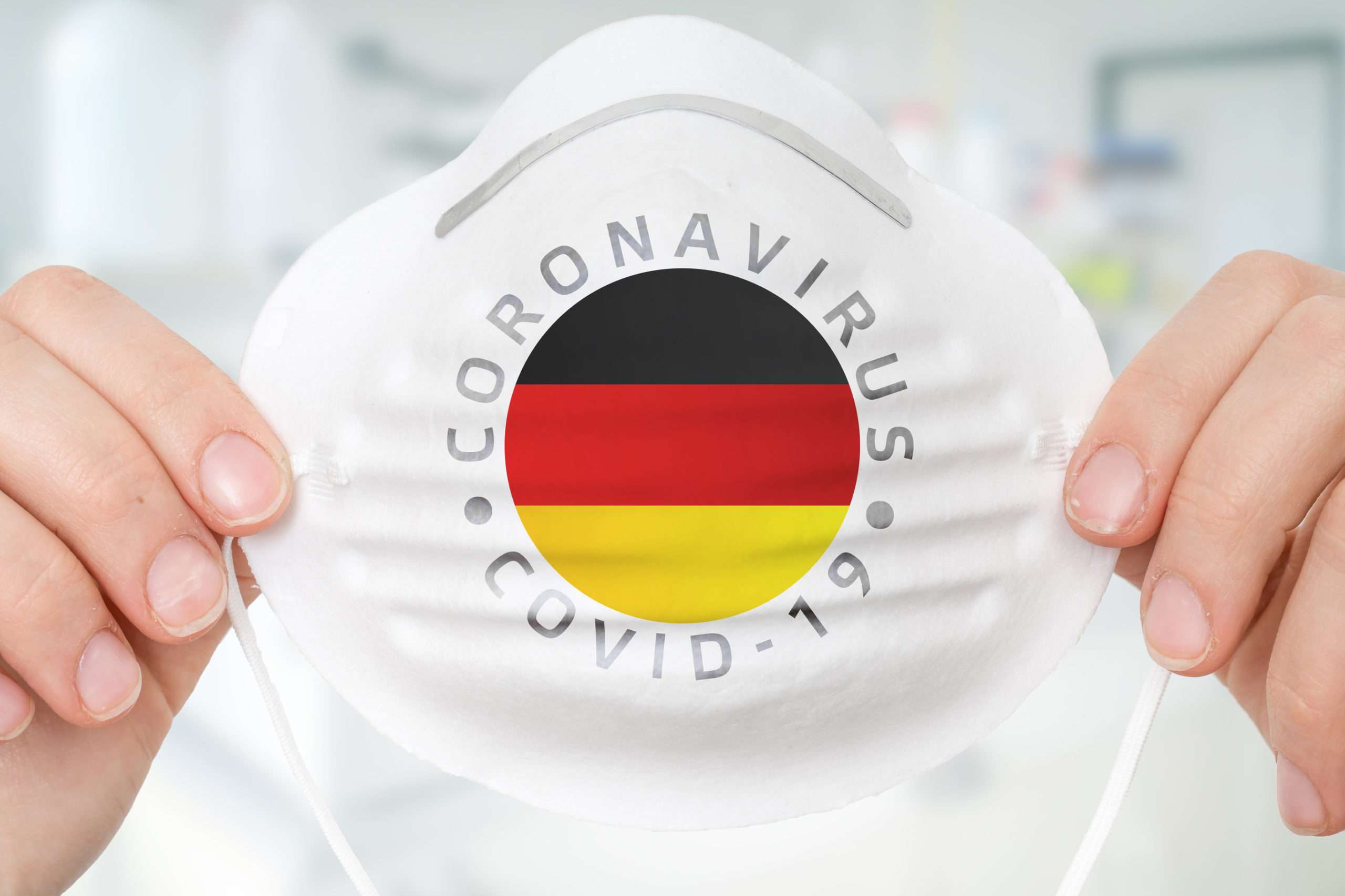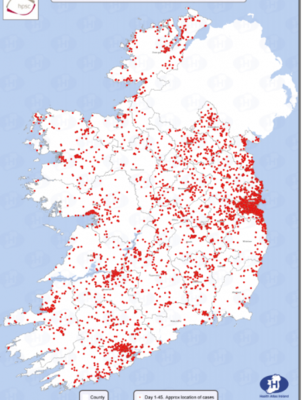I've been saying since the start of this health crisis that the numbers we are being shown are all just hooha or maybe Holohanha, a new term for all the mathematical masturbation the modellers and graphics studios are getting into.
The only meaningful numbers are:
Any thoughts?
The only meaningful numbers are:
- Number of samples taken, daily and total
- Number of samples tested, daily and total
- Number of people re-tested, daily and total (one negative test does not mean never being at future risk)
- Days between sample taken and test completed, best case, worst, mean
- Days between test completed and results returned to subject best case, worst, mean
- Number of positive tests, daily and total
- Numbers admitted to hospital, daily and total
- Numbers discharged from hospital, daily and total
- Number of deaths, daily and total
- PPSN
- Home eircode
- Number in household
- Work eircode
- Employment classification (health-care worker [medic, nurse, physio, hospital porter, health-care assistant, medical admin, contractor to hospital/medical centre, medicall admin,etc]}
Any thoughts?
Last edited:


